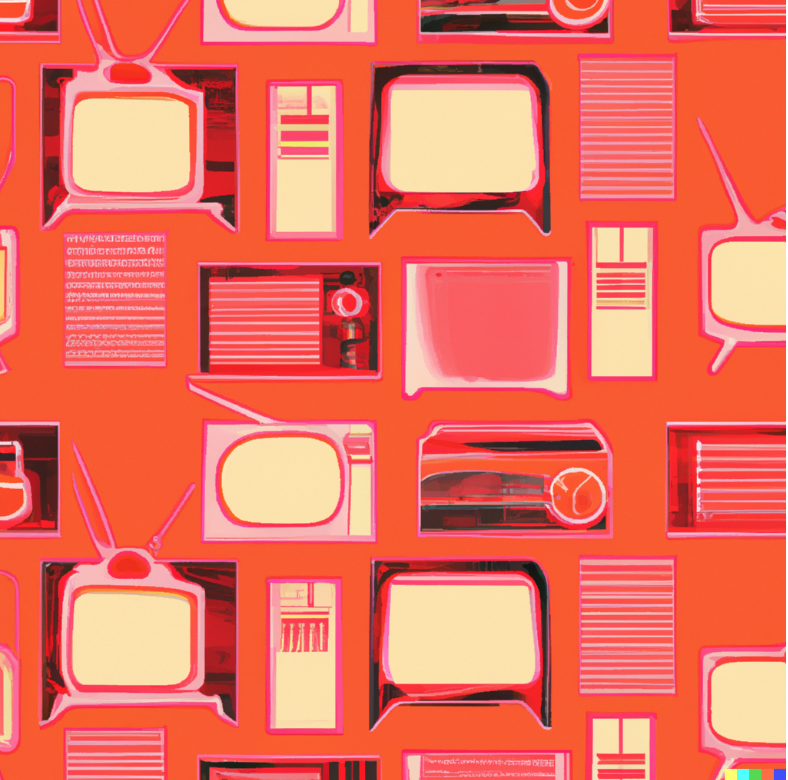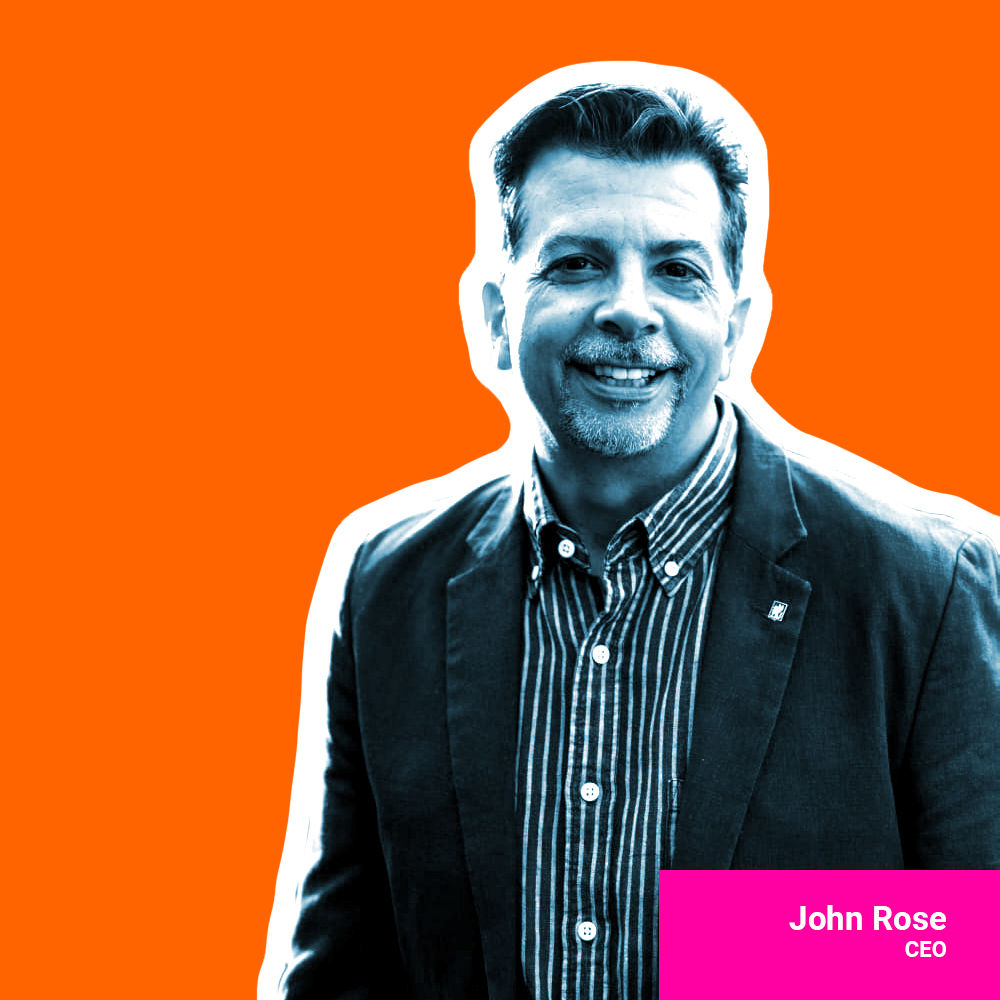
Reversal Of Fortune. Legacy Media Advertising Makes A Comeback
It’s difficult to ignore the explosive growth of digital media advertising since it emerged in 1994 when the first banner ads appeared on websites. At the time, the global advertising market was valued at $140 billion and dominated by traditional media. Today, digital media commands over 70% of all ad spending.
So, it may seem reasonable to prophesize the demise of legacy media. After all, new media have always been the harbinger of death for old media. I began my career in radio. That’s a medium that was D-E-A-D with the advent of television in 1928. Or so everyone thought. But there I was selling radio spots 50+ years later. People predicted that radio would replace newspapers, video on demand would replace cinemas…and the Internet would replace all of them.
However, the global advertising market has since grown to $700 billion. That means that while legacy media only represents 30% today, revenues have actually increased from $140 billion to $210 billion during the period when digital media rose to predominance. Traditional media spend may represent a smaller piece of the pie. But the pie has grown exponentially larger.
Also, digital media didn’t just cannibalize traditional spending. The hypergrowth of digital media was made possible by a rapid increase in the absolute number of advertisers. Digital media represents a democratization of advertising, providing access to small businesses and entrepreneurs that previously could not afford to promote themselves. Google and Facebook ads are also easier to place, measure and link to results than legacy media. Businesses that never existed, or never advertised before, flooded in, and represent a significant percentage of that growth.
Still, in the face of an apparent existential threat, traditional media survived. In fact, contrary to predictions of its demise, traditional advertising is poised for growth beyond inflationary spending for the first time in over a decade. That’s not to say that digital media will surrender its supremacy any time soon. But many factors, including the ten you will find below, highlight why traditional advertising remains a powerful tool – especially in conjunction with digital marketing – and why it is likely to grow over the next decade.
1. Revisiting Digital Effectiveness
Despite the hype, marketers are reevaluating the effectiveness of digital media. Concerns regarding ad fraud and skepticism about the exaggerated returns of digital ads have led to a critical examination of their efficacy. Traditional advertising offers a reliable alternative that can reach broader audiences and generate trust, potentially motivating consumers who may otherwise ignore digital marketing messages.
2. The Covid Bump
The Covid Pandemic further exposed the cracks in digital media’s armor and highlighted the resilience of TV and other traditional media as people spent more time at home. The persistent trend toward a work-from-home dynamic means that this Covid Bump has not fully receded. In fact, viewership has increased by 12% post-lockdown, according to Thinkbox.
3. The Rising Cost of Digital Media (and the falling cost of legacy media)
According to the Harvard Business Review: “This performance differential is amplified as costs of online advertising have increased, especially when accounting for impression, click, and conversion fraud — whereas the costs of traditional media have fallen. It simply makes good economic sense to rebalance spending away from digital clutter.”
4. Cutting Through Digital Clutter
As consumers spend more time online, they are becoming increasingly immune to digital ads and engagement. Research by HubSpot reveals that a significant 57 percent of shoppers dislike ads that play before videos, with 43 percent not even watching them. In this saturated digital landscape, traditional advertising offers a refreshing break from the noise and ubiquity of digital ads.
5. The Decline of Third-Party Cookies
The days of hyper-precise targeting are numbered. With the decline of third-party cookies, browser-based advertising will rely more and more on cohort-based or contextual targeting. This will make it less effective with lower conversions for advertisers who must turn to segmentation methods that align with traditional ad models. The CMO Survey reveals that 19.8 percent of companies have increased their investment in traditional ads due to more stringent privacy controls at Google and Apple. That’s because traditional advertising provides a reliable avenue for targeted messaging without relying heavily on data tracking and cookies.

6. Trust in Traditional Formats
Consumers continue to place trust in traditional ad formats. According to a survey by MarketingSherpa, the top five most trusted ad formats for driving purchases are all traditional: print ads (82 percent), TV ads (80 percent), direct mail ads (76 percent), and radio ads (71 percent). This trust factor contributes to higher engagement and conversion rates for traditional advertising.
7. The Digital Lift of Traditional Media
When integrating traditional media with digital elements, marketers unlock the potential for a digital lift. By incorporating QR codes into mailers or leveraging addressable TV solutions for precise targeting, traditional ads gain an interactive and measurable dimension that complements their inherent strengths. This fusion of traditional and digital elements creates a powerful marketing mix that captures attention, maintains trust, and motivates consumers to take action.
8. Cross-Platform Measurement
The growth of streaming and digital media consumption has created a need for more accurate measurement methods in the entertainment and advertising industries. Cross-platform measurement of media is making a media mix of digital and traditional media more viable and its effectiveness more obvious.
The Association of National Advertisers (ANA) has partnered with Comscore to develop a cross-media measurement solution called the ANA Cross-Media Measurement Initiative. This initiative aims to provide a complete and transparent view of ad exposure across all media channels and devices while preserving privacy using synthetic identifiers to mask real identities.
Open AP has launched OpenID, a unique identifier that combines linear (live TV) and digital audiences into a unified identity framework. This allows for cross-platform capabilities in advanced TV advertising, which has prompted networks such as NBCUniversal, Disney, and WarnerMedia to adopt OpenIDs.
In January, Nielsen launched Nielsen One Ads, a cross-platform measurement product to provide consistent and deduplicated ad measurement across linear TV, connected TV (CTV), desktop, and mobile – a strategic move to evolve their often-maligned measurement capabilities in an increasingly fragmented media landscape.
Overall, these initiatives further signify the growing relevance of traditional media, particularly TV, in the digital future and drive innovation to advance media measurement to provide marketers with more reliable data to navigate the changing media landscape and optimize their advertising strategies.
9. A Connected Media Approach
The future promises a connected media approach via signal triangulation, which gathers data across all media to break down data silos and allow marketers to gain insights that more efficiently target consumers. The connected media approach empowers advertisers to deliver their message more efficiently across various channels, such as TV, radio, print, etc. to the same customer. Some signal triangulation is already available. For example, billboards can be paired with geotargeting, which sends banner ads to drivers’ smartphones to reinforce marketing messages.
10. Cross-Platform Media Efficiency
True cross media planning, placement and measurement is the ‘holy grail’ for most marketers. Achieving this allows marketers to compare their media spend across multi channels and plan a more effective media mix. ADmyBRAND is an Indian company that has launched an ai-driven end-to-end advertising platform that promises precisely that. It enables advertisers to plan, place and measure campaigns across all formats and to purchase media at the lowest available price via their marketplace. This allows traditional media to sell more ads and eliminate excess inventory that often goes unsold thanks to an antiquated and mostly manual sales strategy. It also empowers agencies to compete more effectively using this new technology to better serve their clients. That would also mean that traditional media will, for the very first time, become as easy to purchase and measure as digital media – gusting more wind behind legacy media’s sails.
What’s all this talk about Media Mix?
Having a diverse mix of media in your marketing strategy is absolutely crucial. Why? Because different segments of your audience engage with different channels. It’s as simple as that. You can’t expect to reach all your target audience by relying on just one medium.
But it’s not just about reaching different segments of your audience. It’s also about targeting people at different stages of the consumer journey. Think about it: billboards are great for building brand awareness, but when it comes to building loyalty and driving repeat purchases among past customers, email marketing is where it’s at.
In addition to reach, the other key media advertising component is frequency. Message repetition is essential to impact purchase decision-making. And while frequency within a single media channel can be effective, repetition across multiple channels is even more impactful.
The key to driving conversions is reaching the right people at the right time. And that’s exactly why having a media mix is so important. It allows marketers to diversify their reach and frequency to target different segments of their audience with the most effective channels for each stage of their journey.
Push and Pull
Combining these two types of marketing also creates an efficient mix of push and pull strategies. Traditional media advertising allows businesses to push their brand to those who may not actively seek their services, while digital marketing enables them to pull in prospects who are actively looking for solutions. It maximizes the chances of reaching a wide range of potential customers, regardless of where they spend their time or where they may be on their journey.
There you have it. The news surrounding the death of legacy media has been greatly exaggerated. Data and market trends indicate a resurgence in traditional advertising’s influence and effectiveness. By embracing traditional formats, marketers can cut through the digital clutter, build trust, and motivate consumers to act. The future lies in a harmonious integration of traditional and digital advertising, leveraging the unique strengths of each to deliver impactful campaigns in today’s complex media landscape.



